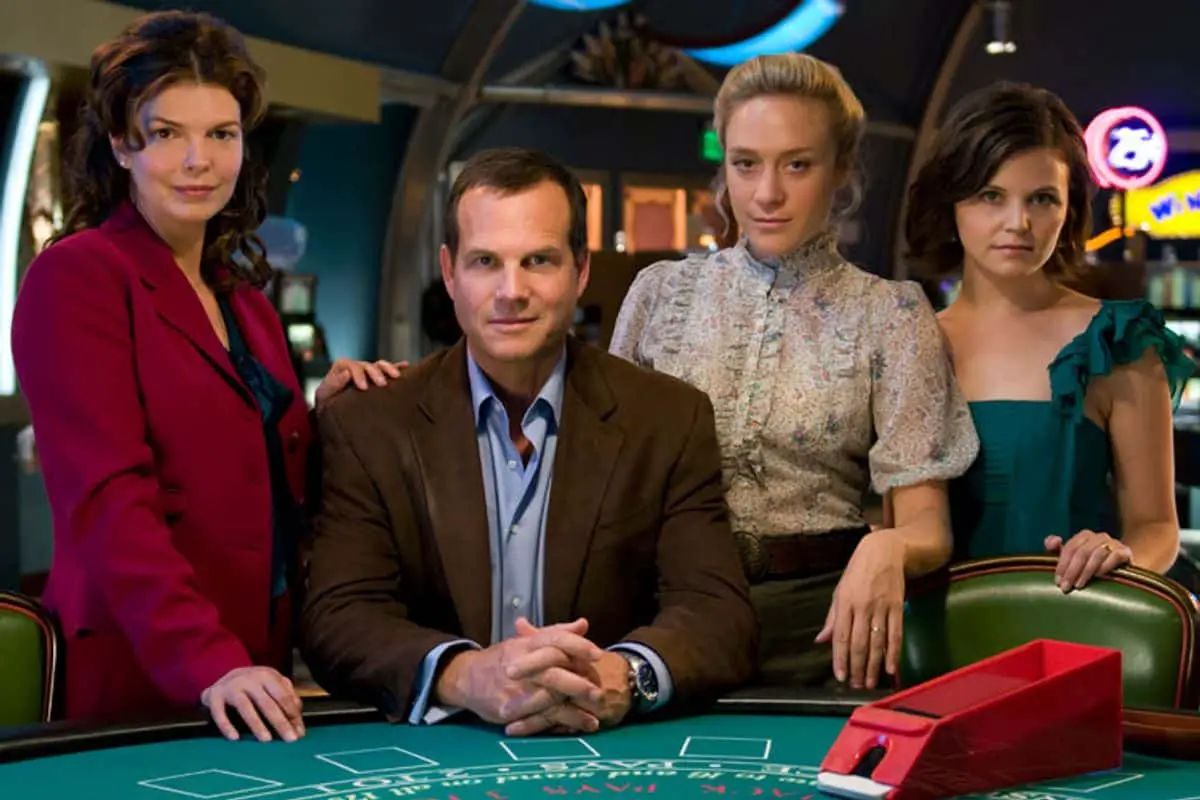There are certain character traits which audiences universally dislike. When they appear in fiction, audiences understand ‘this is the character I’m supposed to hate’. This character is called the Hate Sink.
I have previously explored how writers create unlikeable but sympathetic characters. There is a list of tricks which have been utilised by storytellers to make us empathise with characters such as Tony Soprano and Walter White. If these people were unsympathetic, we wouldn’t want to spend a full episode with them let alone journey with them across series and seasons.
Hate Sink characters are different from antiheroes and villains. We love to hate the Hate Sinks.
FACES AND HEELS
In the world of reality TV, the designated hateable characters are known as ‘heels’, contra the more empathetic main characters, known as ‘faces’. This in turn comes from the world of wrestling.
WHAT IS A HATE SINK CHARACTER?
TV Tropes defines a ‘Hate Sink’ as the character the audience is meant to hate. Comedic hate sinks have the same character shortcomings as dramatic hate sinks, but they are played quite differently on screen, and on the page, they are given many funny lines.
How are they different from villains? In the most interesting stories, human villains (I’m removing cyclones and beasts from this conversation) come across as relatively sympathetic. That’s because contemporary writers of popular stories are good at showing why human opponents (including villains) behave the way that they do. When we understand why someone does something, we like them more.
Hate Sink characters tend to be flat, meaning they do not grow as people. If they appear to grow, that’s probably fake. It is especially dangerous to be the Hate Sink character of a comedy series as you’ll suffer Karmic Death on the regular, perhaps springing back to life before the beginning of the next episode.
However, serious long-form storytelling allows room for subversion. In this case, the writer mindfully designates the Hate Sink. Then, over time, they show us more and more of the Hate Sink character’s background and we learn to hate them less. (See Big Love, especially Nicolette Grant’s character.) The danger with Hate Sink subversion is that once a Hate Sink is set up, a certain proportion of the audience will not change their mind about the character no matter what the writer does next.
THE FIRST FAMOUS HATE SINK
The ur-Hate Sink is said to be Paris of Troy from The Iliad. What chance did the guy have? Even before he was born, his mother had a nightmare about giving birth to a flaming torch. A seer declared that he’d be the ruin of his homeland. He was meant to be killed, but the guy in charge of murdering the baby left him on Mount Ida instead, hoping he’d die of exposure. But Paris was suckled by a bear. As a boy he was very smart and very beautiful. Fast forward to The Trojan War: The Trojans are the villains, sure, but the audience understands their motivations. No, it’s Paris who’s the Hate Sink here. He started the entire thing. Plus he’s a philanderer.
FEATURES OF A HATE SINK CHARACTER
There is little moral ambiguity in these characters. Although an audience comprises people of various moralities and political views, the hate sink character unites us all.
This character must on some level be loveable. We love to watch them in action. They surprise us. That might mean that they’re funny. They say what we’d love to say, and because they embody all of the Seven Deadly Sins, they do what we all want to do, if we lacked moral conscience and consequence.
Common shortcomings OF HATE SINK CHARACTERS
- Sycophantic
- Entitled
- Stuck-up and condescending
- Part of the popular crowd, usually because they’re good-looking and wealthy, not because they’re nice to people
- Selfish, self-serving
- Petty and retributive
- Ungenerous
- Mendacious
- Thieving
- Lacking in remorse
- Complaining, whinging, griping about small things
- Refusing to help even when able to, not a team player
- Manipulative
- Philandering or otherwise disloyal
- Cowardly
- Starts things without seeing them through
- Cheap signalling — Cheap signalling means being cosmetically defiant e.g. by wearing unconventional clothes or sporting a ‘rebellious’ hair style but at the same time being completely unwilling to translate beliefs into action. On social media, we see this hatred directed at so-called ‘armchair warriors’, which underestimates the power of online activism, but which nonetheless exhibits the disproportionate hatred directed the way of anyone who avoids overt and immediate bodily harm.
- Generally antisocial (I don’t mean introverted — that would be a misuse of the term)
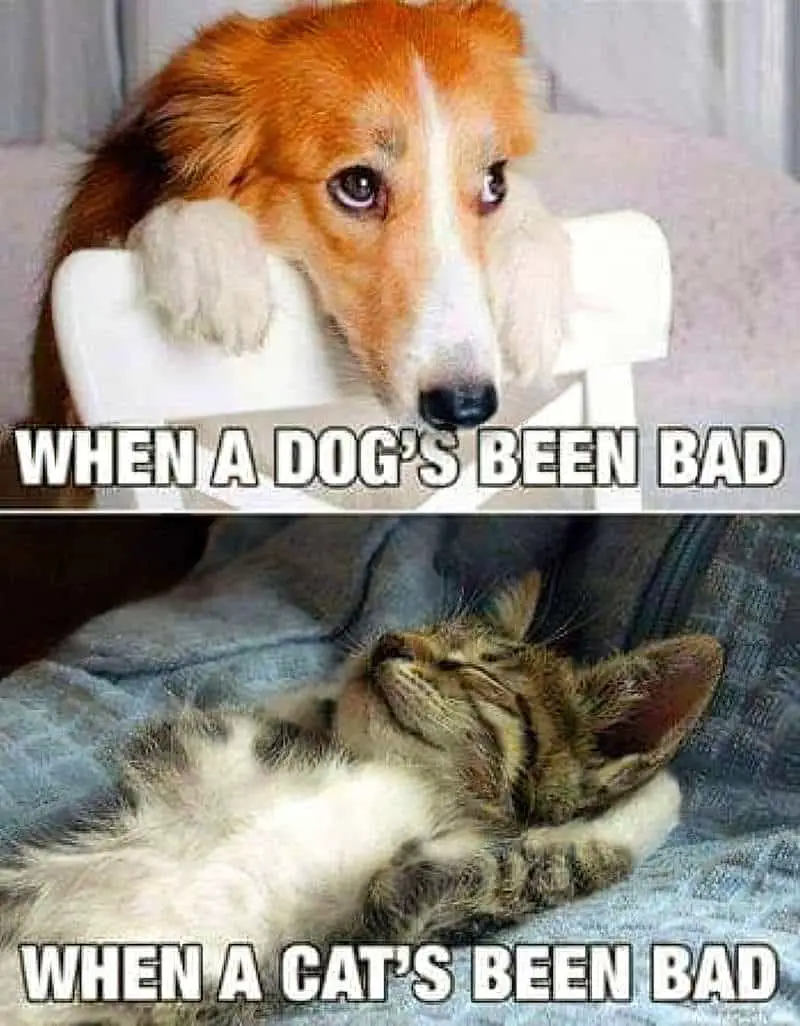
How are these shortcomings different from those of villains?
Villains want power at any cost. Hate Sink characters are far more petty, and don’t seem to have a global understanding of their environment which would allow them to wrest total control from the designated empathetic character.
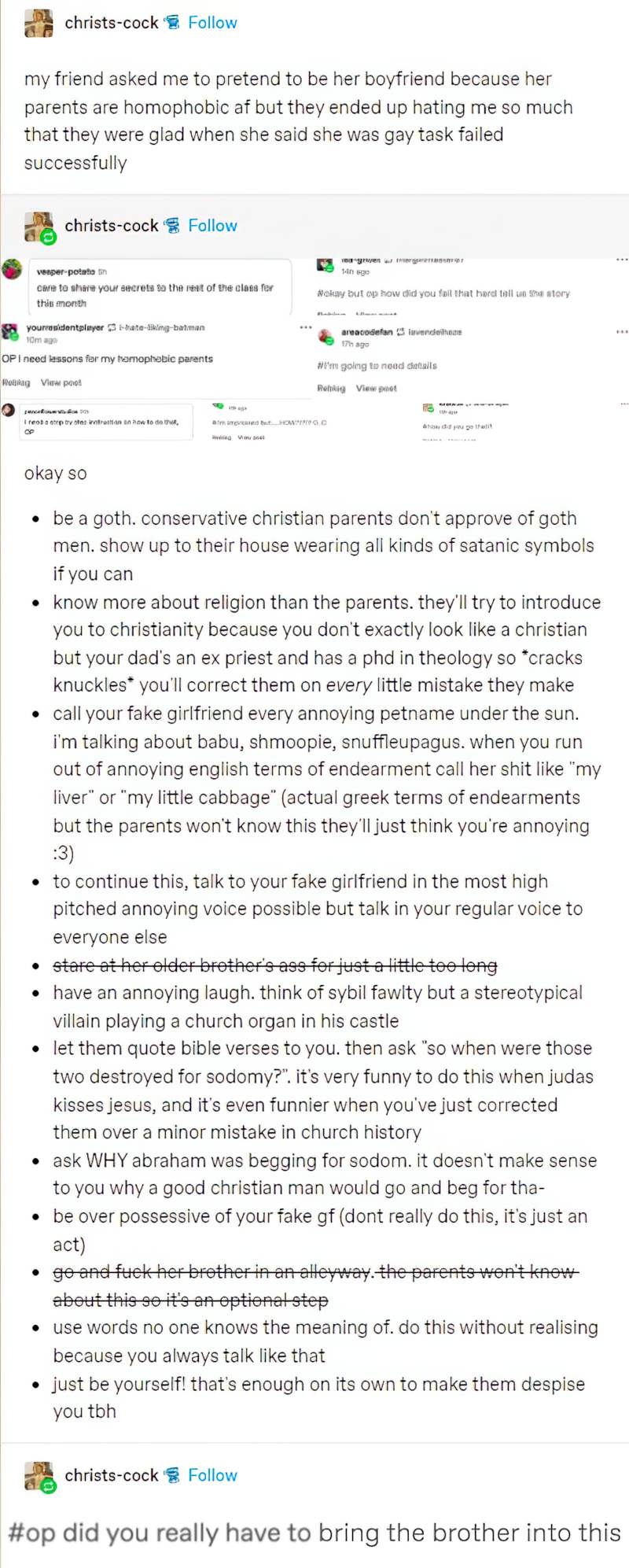
EXAMPLES OF HATE SINK CHARACTERS
IN COMEDY
Mr Collins of Pride and Prejudice: We love to hate him because he is sycophantic, ridiculous, pompous and stupid. Our real reasons for hating him: He has a sense of entitlement, thinking one of his cousins will surely marry him (because he’s such a catch), and he thinks it only natural that the Bennet title should fall to him after Mr Bennet’s death.
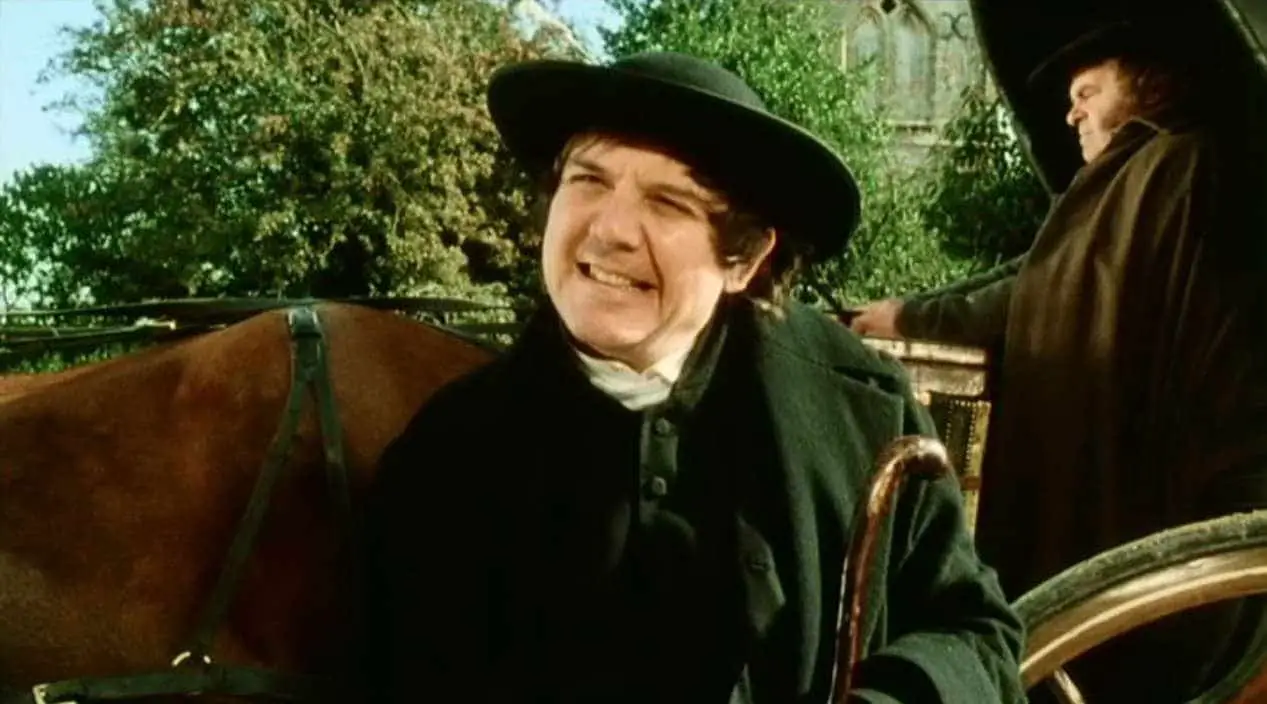
Newman of Seinfeld: Newman is like the annoying kid at school who you can never get away from. He’s everywhere. That’s largely what makes him funny. He hates the other cast members as much as they hate him, and he is a good match for them, too. He is entirely self-centred, and we love to watch him because of his childlike mischievousness.
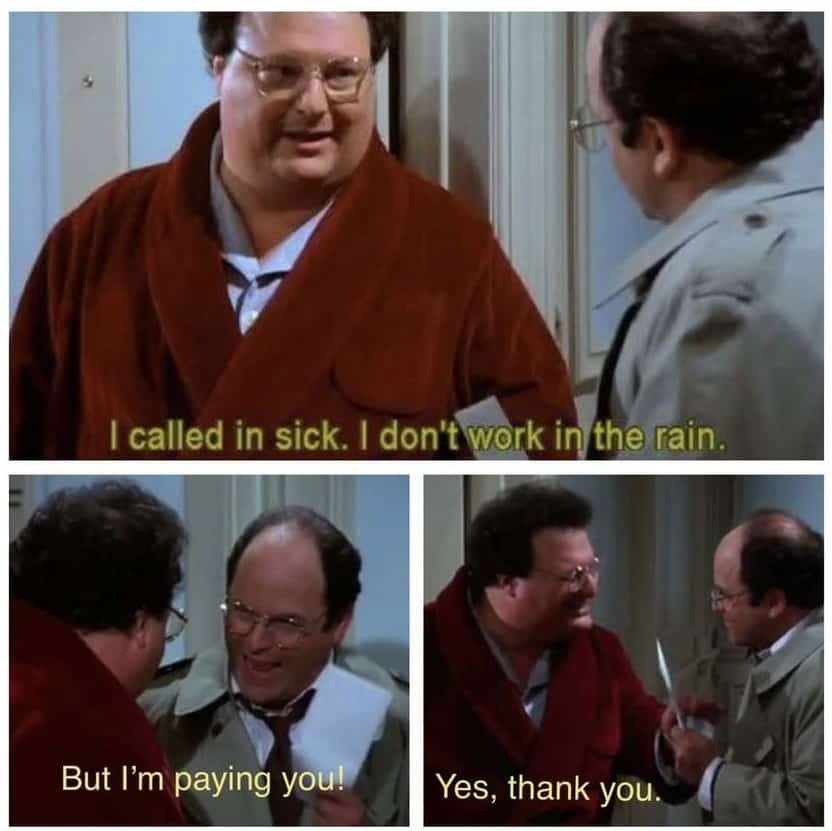
IN NON-COMEDY
Harper Stimson of Big Little Lies gets a bit lost in the large cast of amazing actresses but she is the one who cosies up to Renata, who we might otherwise code as the hate sink. I believe Harper exists to make Renata seem a little more sympathetic. After all, Renata does redeem herself before the end of the book (or before the end of Season One). Like Mr Collins, we love to hate her because she is a sycophant. Unlike Mr Collins, she is not a comedic character. (The show is about the serious topic of domestic abuse.)
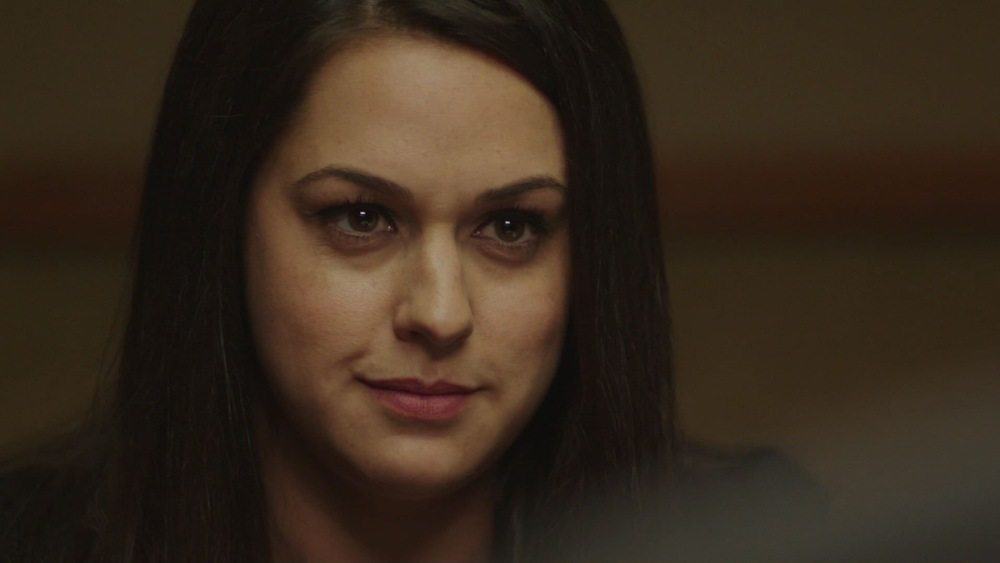
Skyler White of Breaking Bad: This is a problem, as the writer didn’t mean to write a Hate Sink when he wrote Skyler White. Vince Gilligan completely underestimated the degree of misogyny in his audience, which he played right into. I’ve written more about that elsewhere (as did the actress herself). This is a mindfully generous view; we might say Vince Gilligan failed to interrogate his own subconscious biases when creating the wives of Breaking Bad.
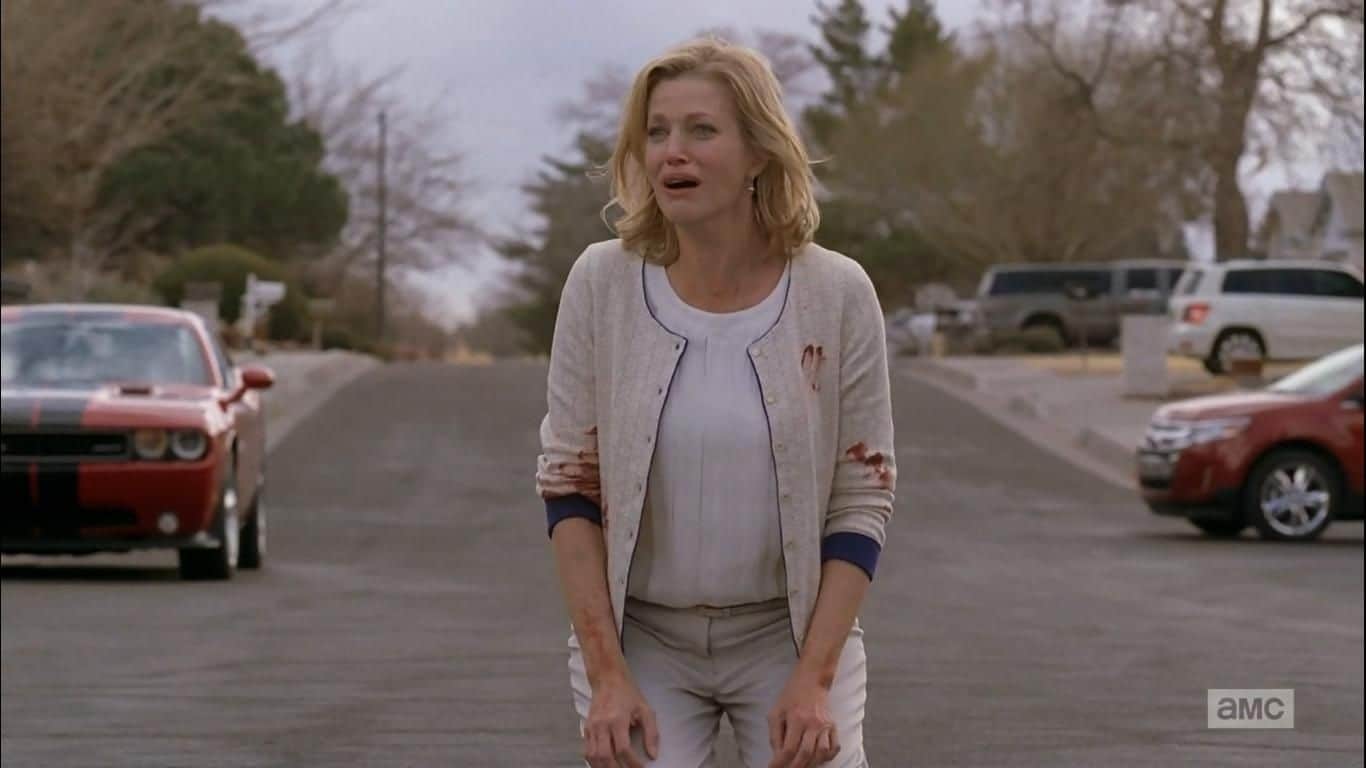
Tony Soprano’s Mother: Livia Soprano is firmly established as a Hate Sink character in the pilot, which is a trick to make the audience empathise with Tony. Livia is ungrateful for the stereo system Tony has just brought her and does nothing but gripe.
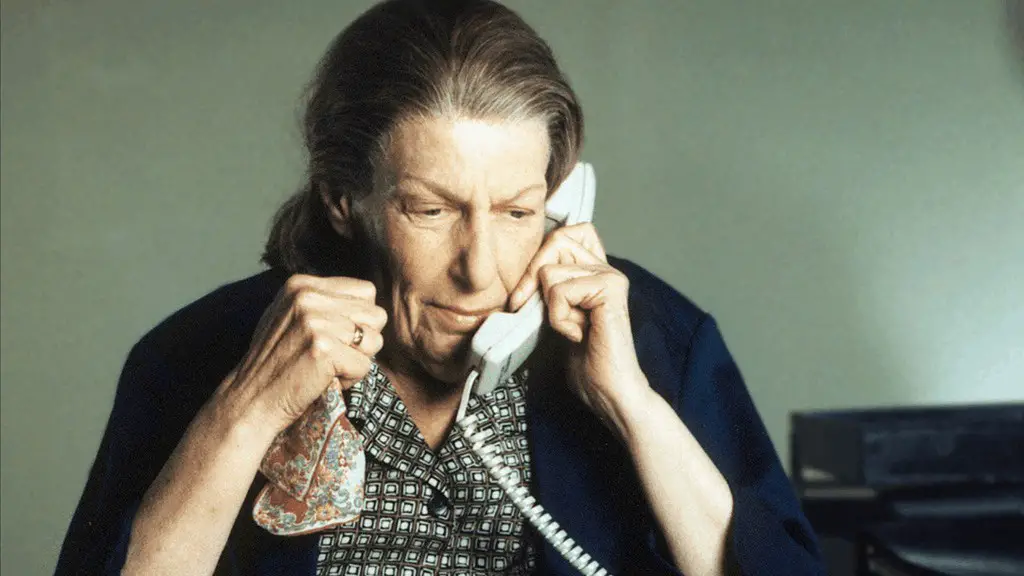
Nicolette Grant of Big Love is the Hate Sink wife. Later the Hate Sink is Rhonda Volmer, a younger version of Nicolette, in many ways. The writers of Big Love set up Hate Sinks then slowly give viewers the backstory to help us empathise with these women a little more.
PITFALLS WHEN WRITING HATE SINK CHARACTERS
If written well, we ALL hate the hate sink character, at least until we take a step back, perhaps in a refrigerator moment, and reflect on why we hate certain people so much.
Writers need to take special care when creating the characters audiences are designed to hate. Commonly, unfortunately, hate sink characters are fat, scarred or, especially in earlier Golden Ages of children’s literature, came from marginalised communities e.g. the gypsies of Enid Blyton stories, who are not villains because they don’t seek power.
Is it possible to write a hate sink character without resorting to stereotypes, or to cheap signalling?
EXAMPLES OF HATE SINK CHARACTERS IN CHILDREN’S STORIES
HATE SINK ADULT CHARACTERS
- Eugenia from Kate DiCamillo’s Mercy Watson series.
- Eugenia is very similar to Eustace from Courage The Cowardly Dog, and my headcanon is that the pair are long lost twins.
- Many adults in the Goosebumps series are awful people. When the adults in a children’s story are unreliable, child heroes are able to save the day. On top of that, the child reader feels a sense of unease, contributing to the horripilation.
- Roald Dahl also turned many of his adult characters into hate sinks e.g. The Trunchbull, Mr and Mrs Wormwood in Matilda, Aunt Spiker and Aunt Sponge from James and the Giant Peach.
HATE SINK CHILD CHARACTERS
I have ideological issues with the creation of hate sink child characters in middle grade literature. See: How children’s books teach us all to despise Hillary Clinton.
- John Green’s novels are light on true villains but he is good at Hate Sinks: Colin Lyford from An Abundance of Katherines, Peter Van Houten from The Fault In Our Stars, Kevin from Looking For Alaska and the popular crowd from Paper Towns.
- Fregley from Diary of a Wimpy Kid is an interesting example of a Hate Sink character because he’s not really hateable, more a bit gross and unappealing. (Greg Heffley himself has all the unappealing qualities of a Hate Sink, except he’s not playing that role — he’s the empathetic guy who wrote the stories in first person.)
- A Dog Named Scooby-Doo is a 1990s cartoon series for even younger viewers than the audience of the original Scooby-Doo. Instead of a horror comedy, this reboot is a detective story for kids, with very obvious clues and hints, and a plot which encourages five-year-olds to solve the crime before all is unmasked. In every episode, the red-headed character literally called Red Herring is blamed for the crime. And it’s never him, except in one episode (which the writers clearly knew would work only the once). Note that red-headed characters are commonly the target of ostracization in stories for children, as well as in the realworld playground.
Is it time to get a bit more subtle about hate sinking, even in children’s literature? Hate Sink characters serve as contrast against the designated empathetic character.
CASE STUDY: EMPATHETIC CHARACTER VERSUS THE HATE SINK
Below is an example of empathetic character versus the hate sink in a middle grade novel.
Notice how the appearance of Hate Sink characters is supposed to be an outward manifestation of their antisocial characteristics. This is retrograde, fairytale and folklorish stuff, in which beauty equals goodness.
THE EMPATHETIC CHARACTER
Madlyn was very fond of people…She liked the girls at her school and in her dancing class, and she liked the people she met at the swimming pool and in the supermarket and the library. When you like people they usually like you back, and Madlyn had so many invitations to parties and sleep-overs that if she had accepted them all she would never have had a night at home. She was very pretty, with silky fair hair and clear blue eyes and a deep laugh — the kind that infects other people and makes them think being alive is a thoroughly good idea.
THE BEASTS OF CLAWSTONE CASTLE BY EVA IBBOTSON
THE HATE SINK
“Well, my little sugar plum,” he said…coming into the dining room for his lunch, “we’ve beaten our record. Three hundred and four visitors!”
His ‘little sugar plum’ was his ten-year-old daughter Olive, and it was hard to imagine anyone less sugary or less like a plum. Her skin was sallow, she was thin with a pursed mouth and small black eyes, and the inside of her brain might have been a calculator.
THE BEASTS OF CLAWSTONE CASTLE BY EVA IBBOTSON

